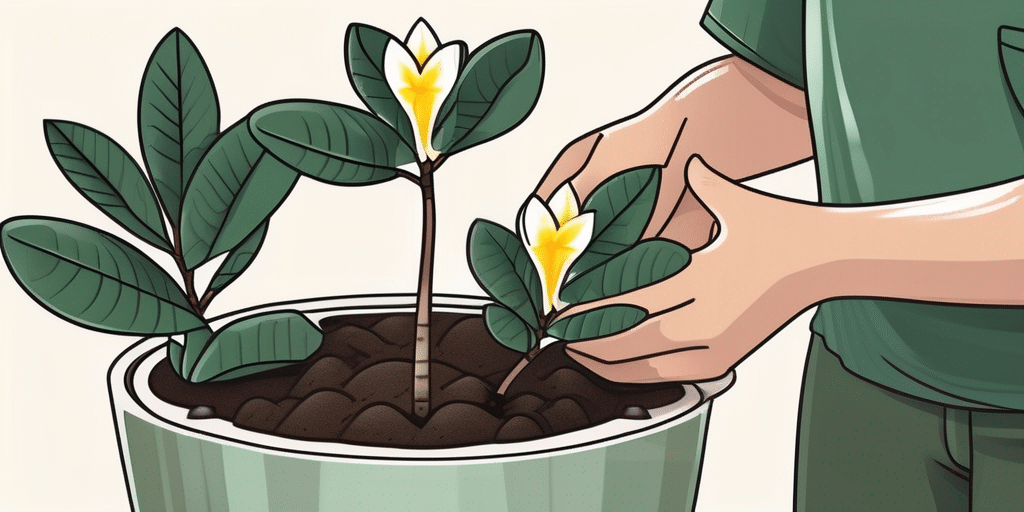Money plants, also known as Epipremnum aureum or Pothos, are popular houseplants worldwide. Their lush, green, heart-shaped leaves are not only aesthetically pleasing but are also believed to bring good luck and prosperity. But how do you ensure your money plant thrives? This guide will delve into the essentials of money plant care, from watering and light requirements to propagation techniques.
Understanding the Money Plant
Before diving into the care specifics, it’s essential to understand the nature of the money plant. Native to French Polynesia, money plants are hardy and adaptable, making them ideal for indoor environments. They are also known for their air-purifying properties, as confirmed by a study conducted by NASA.
Money plants can grow in a variety of conditions, but they thrive best in bright, indirect light. They are also tolerant of a range of soil types and moisture levels, which contributes to their popularity as houseplants.
Benefits of Money Plants
Money plants are not just visually appealing; they also offer several health benefits. According to a study by the University of Agriculture in Malaysia, money plants can absorb indoor air pollutants such as formaldehyde, benzene, and xylene, improving indoor air quality.
Moreover, the lush green leaves of the money plant can contribute to creating a calming and stress-free environment. A study by the University of Technology, Sydney, found that indoor plants can reduce stress and promote feelings of well-being.
Caring for Your Money Plant
While money plants are relatively easy to care for, they do require some attention and care to ensure they grow healthy and strong. Here are some key aspects to consider when caring for your money plant.
Light Requirements
Money plants prefer bright, indirect light. However, they can adapt to lower light conditions. Direct sunlight can scorch the leaves, causing them to turn yellow or brown. If your plant is not getting enough light, its leaves may become smaller, and its growth may slow.
A study by the University of Florida suggests placing your money plant near a north or east-facing window for optimal light exposure. If natural light is limited, fluorescent light can also suffice.
Watering
Money plants prefer their soil to be kept consistently moist but not waterlogged. Overwatering can lead to root rot, a common issue with many houseplants. On the other hand, under-watering can cause the plant’s leaves to wilt and turn yellow.
The University of Illinois Extension recommends watering your money plant when the top inch of soil feels dry to the touch. It’s also important to ensure your plant has proper drainage to prevent water from sitting at the bottom of the pot.
Soil and Fertilizer
Money plants are not particularly picky about their soil. However, they prefer a well-draining soil mix to prevent waterlogging. A mix of peat moss and perlite can provide the right balance of drainage and water retention.
As for fertilization, money plants benefit from a balanced houseplant fertilizer applied monthly during the growing season (spring and summer). The University of Minnesota Extension suggests using a water-soluble fertilizer with equal amounts of nitrogen, phosphorus, and potassium.
Propagation of Money Plant
One of the joys of owning a money plant is the ease with which it can be propagated. This process allows you to grow new plants from cuttings of your existing plant. Here’s a simple step-by-step guide to propagating your money plant:
- Cut a 4-6 inch stem from a healthy money plant. Ensure the cutting has at least one node (the small bump from where leaves grow).
- Place the cutting in a jar of water, ensuring the node is submerged.
- Keep the jar in a warm, well-lit area, but out of direct sunlight.
- Change the water every week.
- Once roots develop, plant the cutting in soil.
Propagation not only helps you multiply your plant collection but also keeps your parent plant bushy and full.
Common Problems and Solutions
Despite their hardiness, money plants can occasionally encounter problems. Here are some common issues and how to address them:
Yellow Leaves
Yellow leaves can be a sign of overwatering. If the leaves of your money plant are turning yellow, check the moisture level of the soil. If it’s too wet, reduce your watering frequency.
Brown Leaf Tips
Brown leaf tips often indicate a lack of humidity. Money plants prefer a humid environment, and dry indoor air can cause the leaf tips to turn brown. To increase humidity, you can mist your plant, place it on a tray of pebbles with water, or use a humidifier.
Pests
Money plants can occasionally be affected by pests such as mealybugs and spider mites. If you notice small, cotton-like masses or tiny webs on your plant, isolate it from other plants and treat it with an insecticidal soap or neem oil.
Conclusion
Caring for a money plant doesn’t have to be complicated. With the right light, water, and care, your money plant can thrive and bring a touch of nature into your home. Remember, every plant is unique, and what works for one might not work for another. Observe your plant and adjust your care routine as needed. Happy gardening!
Join Our Green-Thumbed Community!
Ready to transform your thumb into a vibrant shade of green? Subscribe for free to How to Grow Everything and learn how to build the garden of your dreams! Receive personalized gardening advice tailored to your location, grow zone, and experience level. Enjoy the best gardening tips, special offers, and deals delivered straight to your inbox—100% free, with no spam, just from our family to yours. Let us help you make every plant in your home, including your money plant, flourish. Happy gardening!





